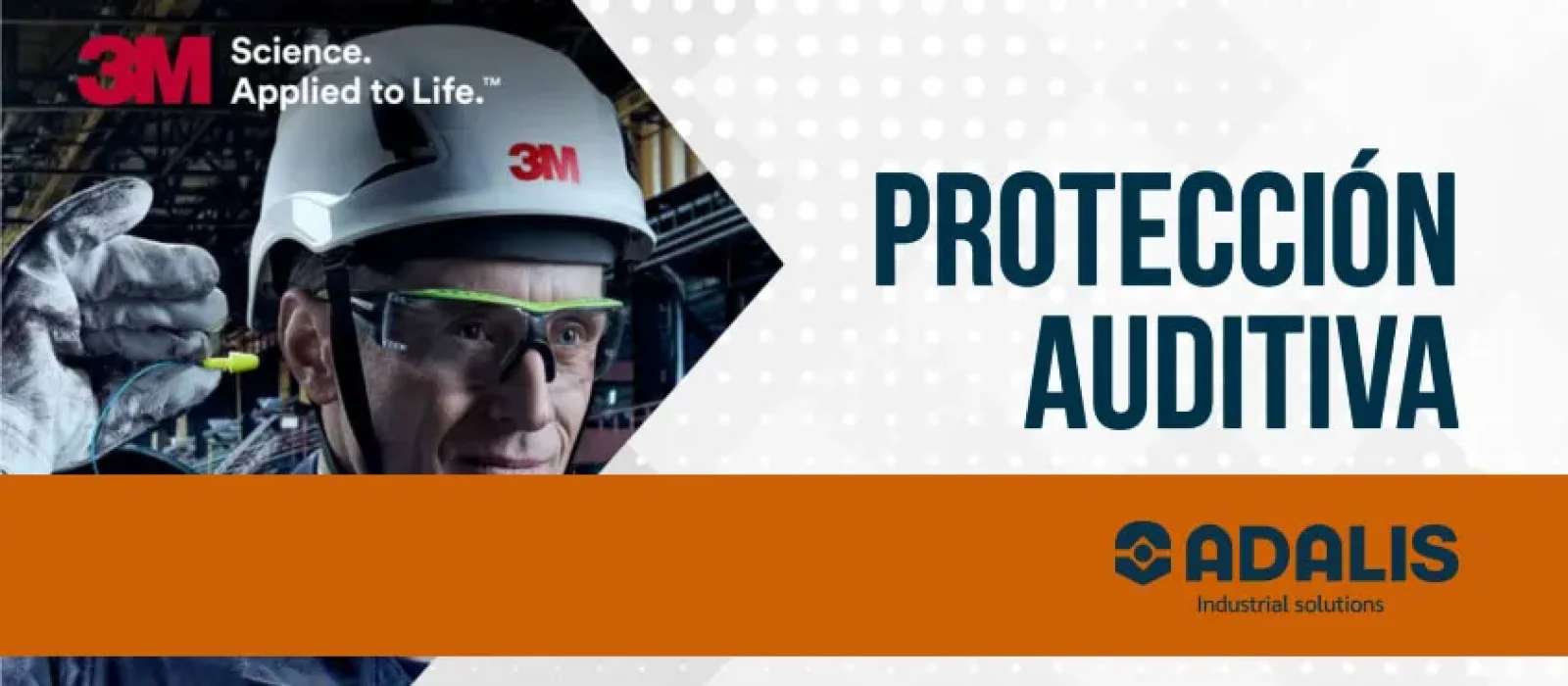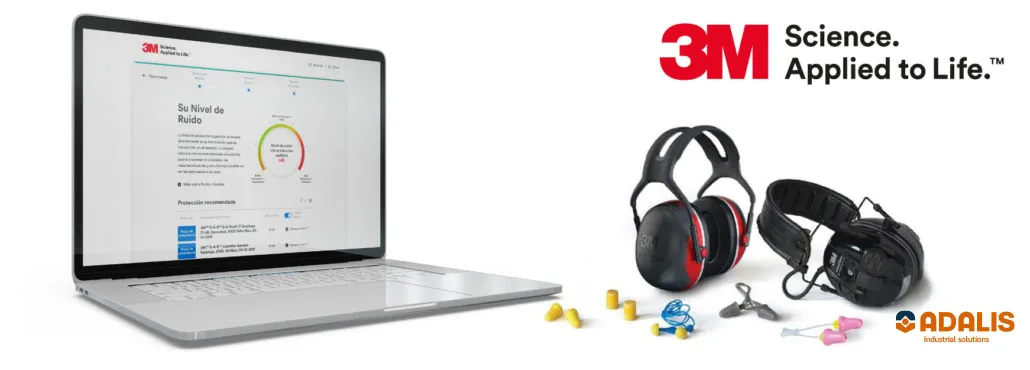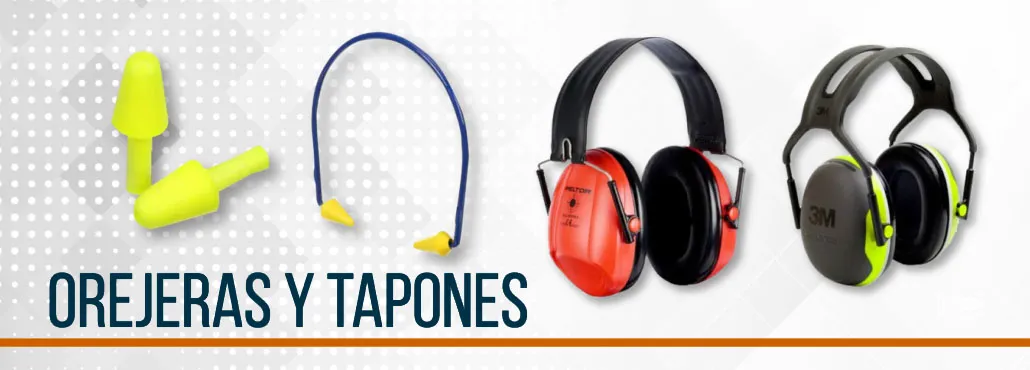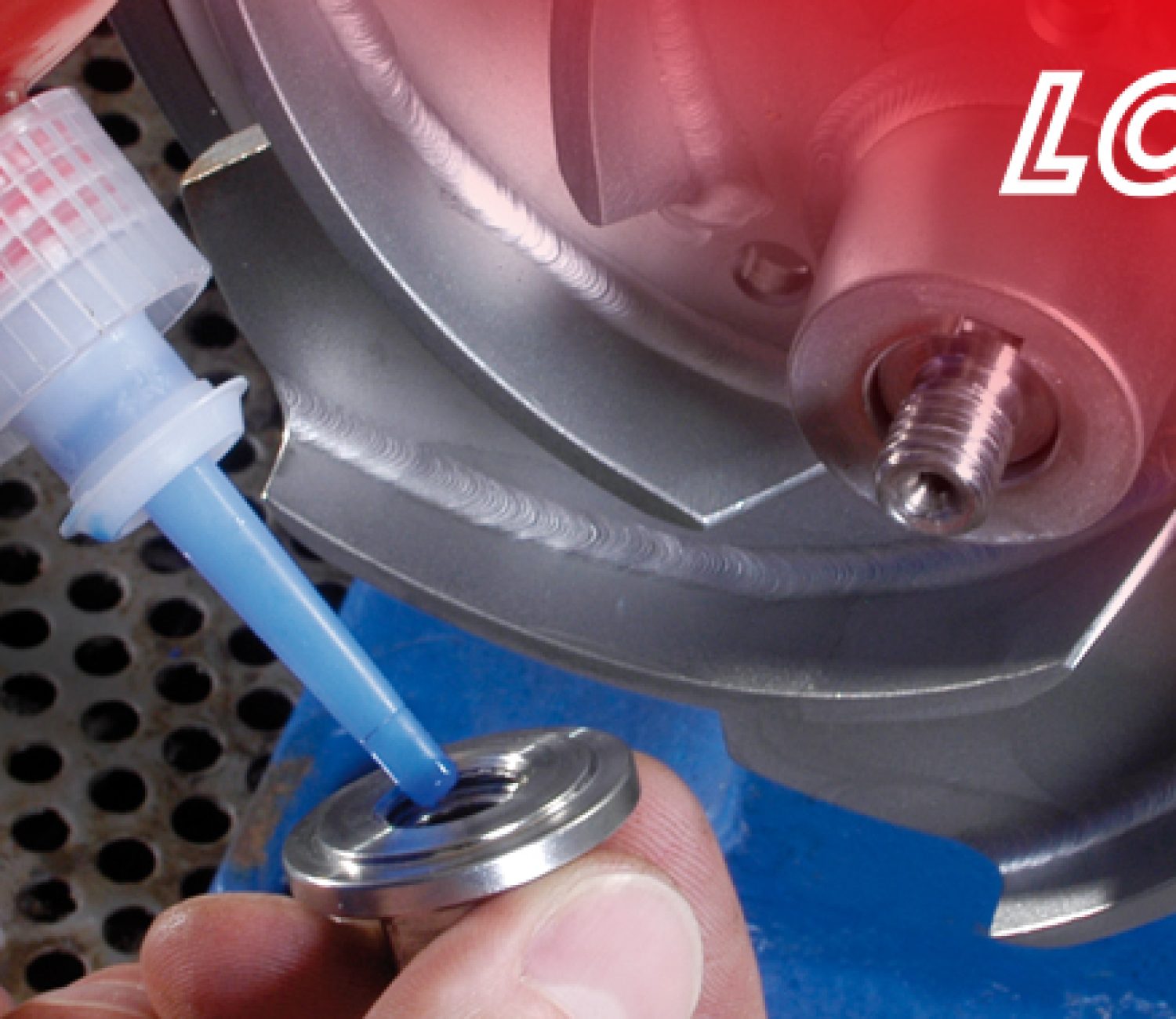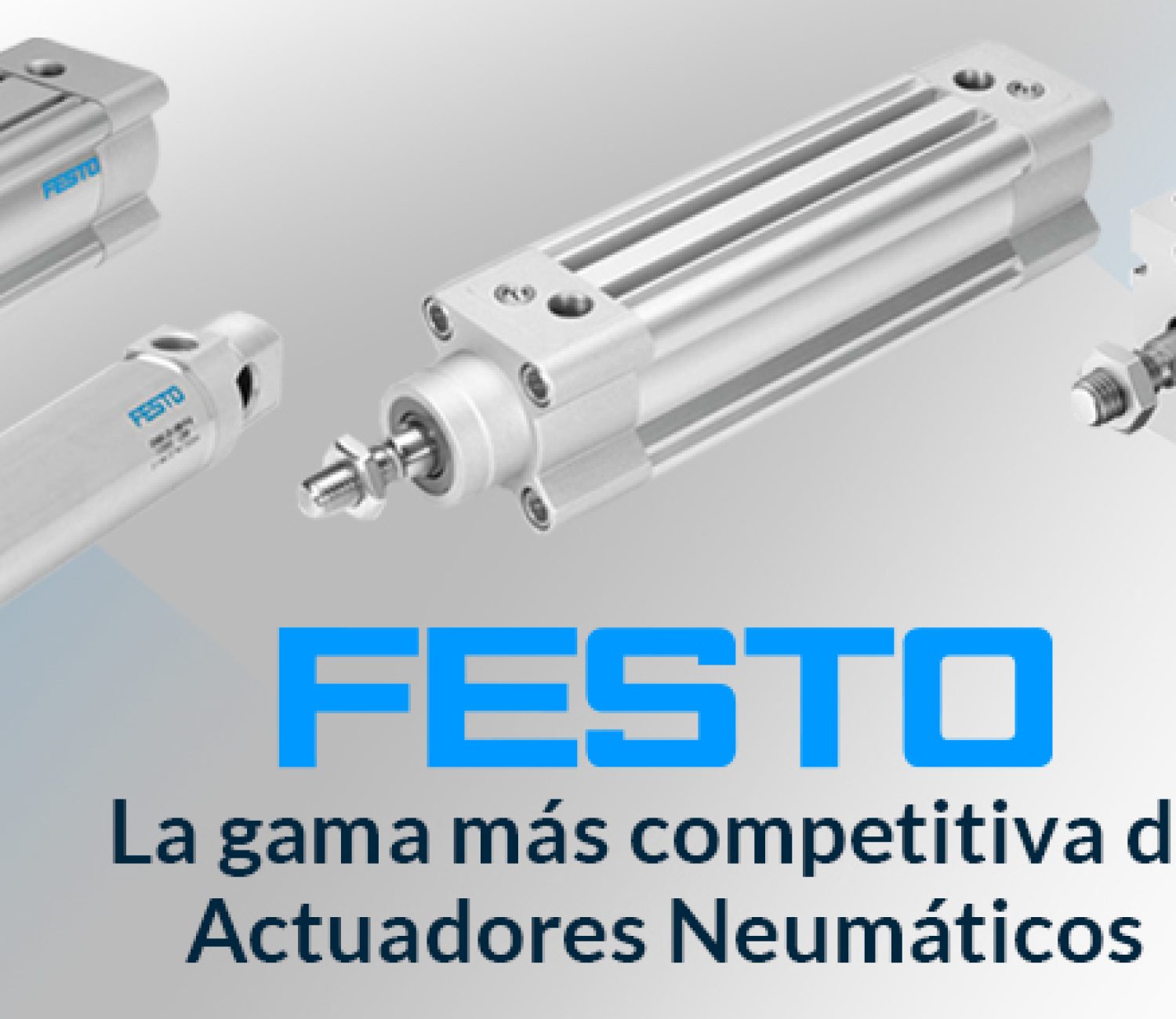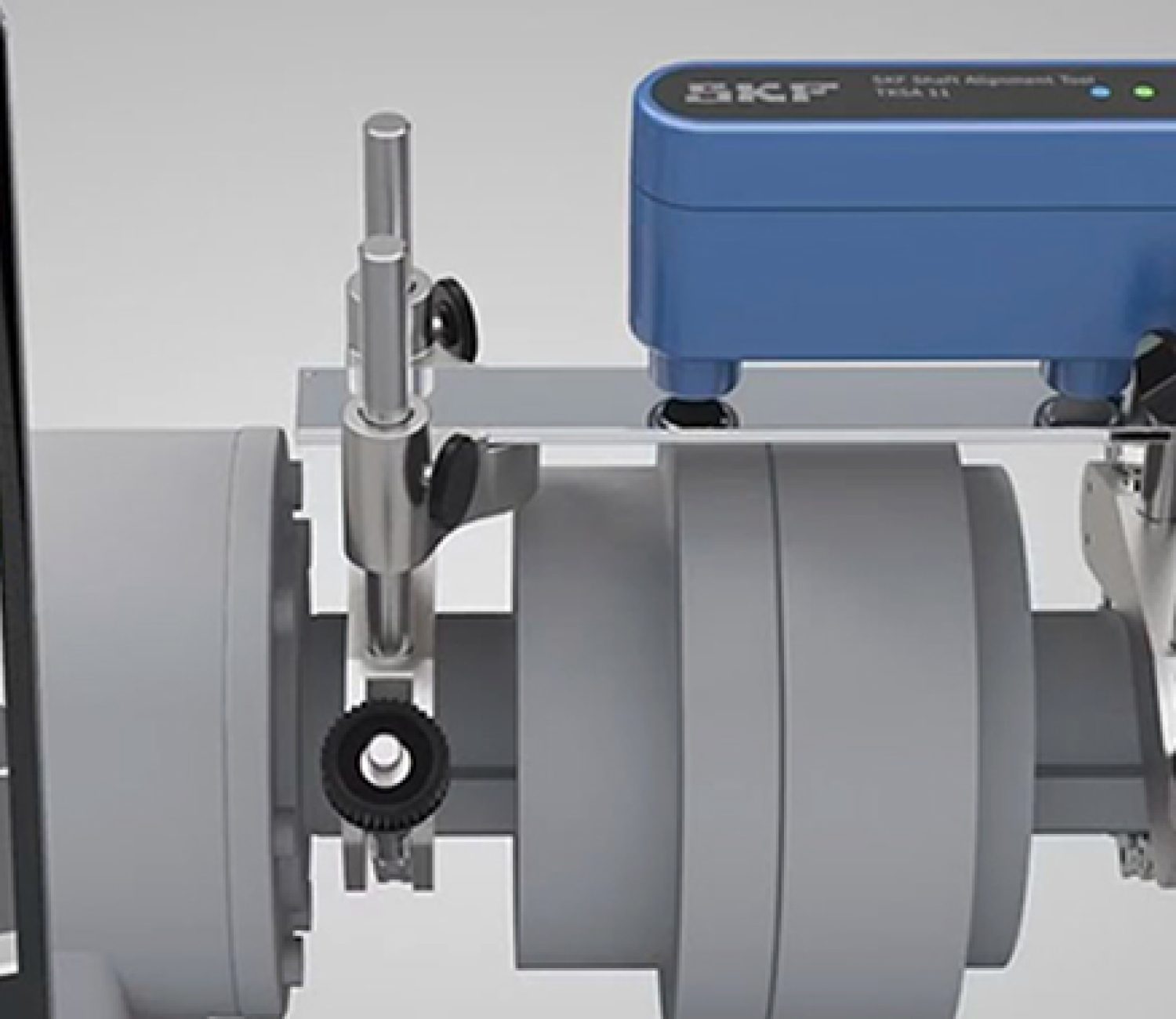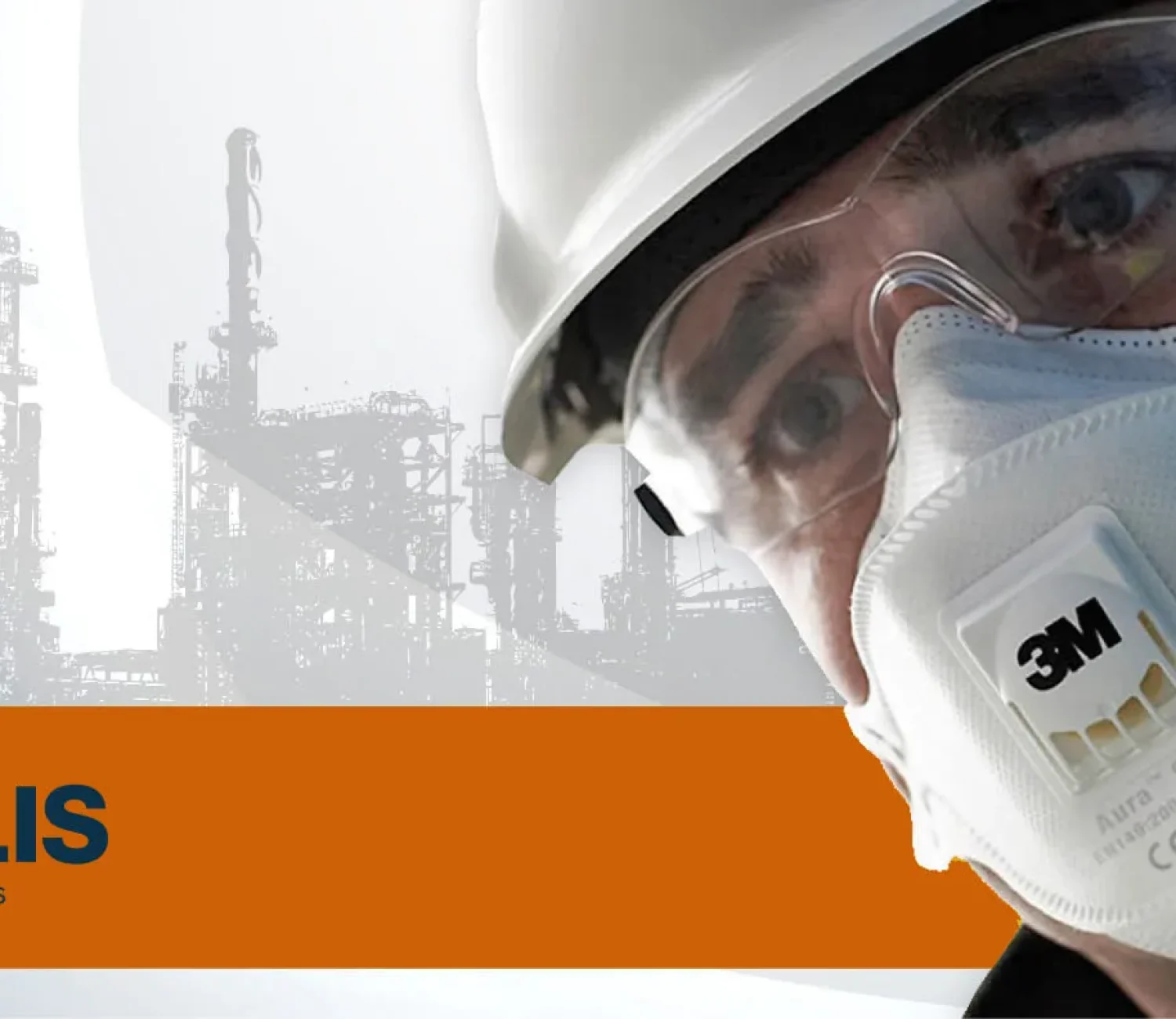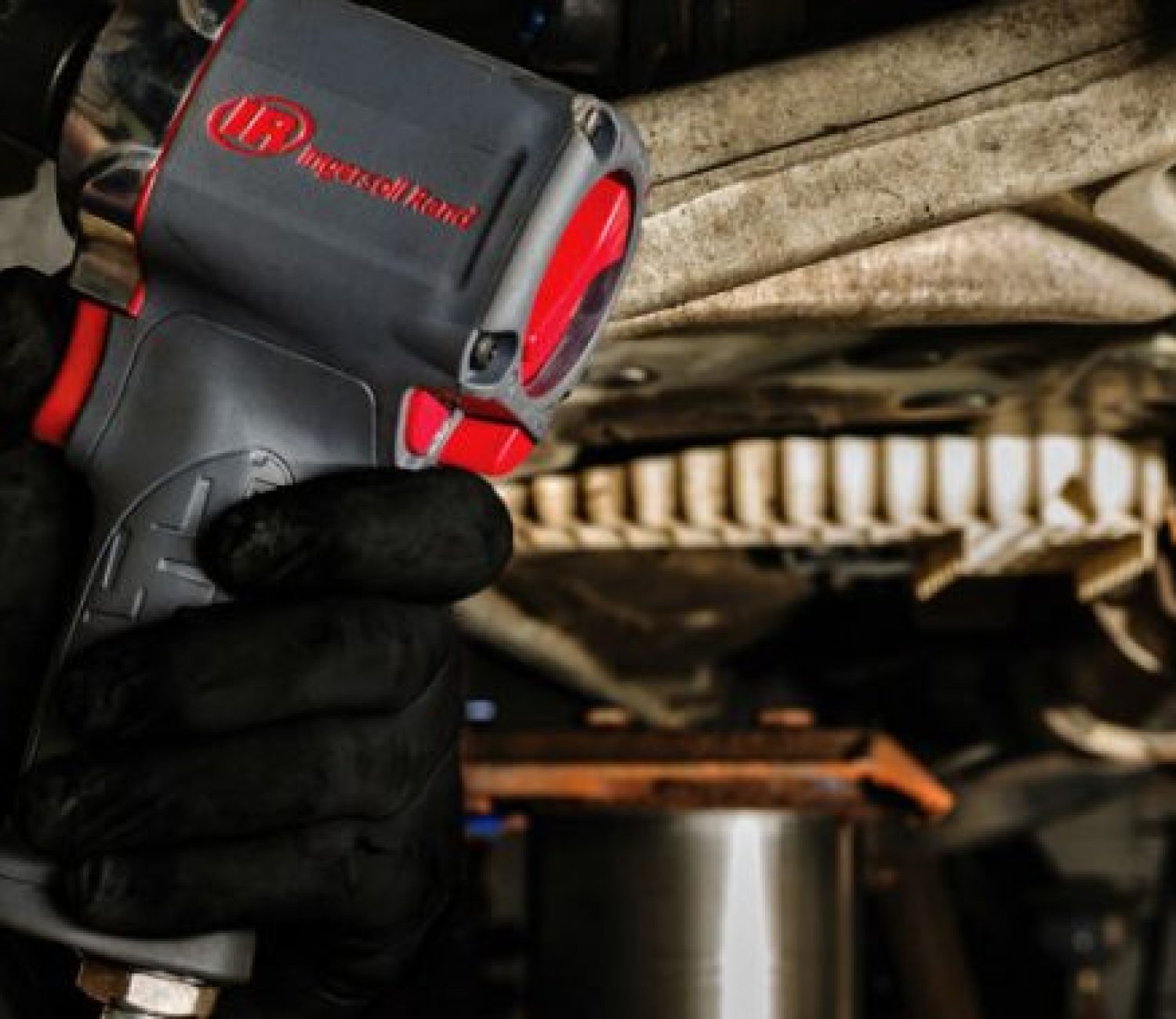Are you aware of how important it is to have the right hearing protection?
To get an idea of the hearing problems resulting from work, according to data from the National Institute for Occupational Safety and Health (NIOSH), approximately 22 million workers in the United States are exposed to hazardous noise levels.
This translates into costs of $242 million in workers' compensation for disabilities caused by hearing loss.
For this reason, we must protect ourselves from noise before it is too late. But to do so, we must know when and how.
In the following article we will discuss the main issues regarding hearing protection. In this way, you will be able to take care of one of the five senses: hearing.
Index
Why is it important to protect hearing?
Our hearing is composed of sensitive structures that can be damaged by loud noises, resulting in Noise Induced Hearing Loss (NIHL) (Noise-induced Hearing Loss).
Another of the consequences caused by loud noises is tinnitus. Tinnitus is described as a perceptual phenomenon consisting of perceiving sounds or ringing in the ear that do not come from an external source.
All of these diseases can occur from instantaneous way such as, for example, the consequence of noise in the explosion of a pyrotechnic element near our ear.
But they can also appear because of the prolonged exposure to loud noisesFor example, the noise of industrial machinery in a warehouse.
Noise-induced hearing loss is completely preventable. For the same reason, in environments where there is a high risk of high noise exposure, we should use a adequate hearing protection.
How do we know when noise is harmful to our hearing?
First of all we must know that the magnitude of sound is measured in decibels (dB). This quantity is created on a logarithmic basis, since the quantities vary over a very large range..
To give you an idea, if a moped emits a noise of 70 dB and a hood emits a noise of 60 dB, the moped would be 10 times louder than the hood.
But when is noise harmful to our health?
To ensure good health and well-being, the World Health Organization (WHO) recommends not to exceed a noise level of 65 dB.
In work environments, according to the European Council Directive 2003/10/EC, workers must wear hearing protection when they reach the upper daily exposure action value of 85 dB.
Choice of hearing protection
The choosing the right hearing protection for the work environment starts with determine the exposure noise level. Knowing the noise exposure level of operators can help prevent the risk of overprotection in the event that audibility of important emergency or communication sounds is necessary.
Once this level has been determined, different factors must be considered, such as whether the worker needs to hear sounds in his direct environment or whether the environment is cold, hot, humid, etc.
Once the exposure data are known, the next step is to determining the correct amount of attenuation of the protection elements. There are three key methods for calculating acoustic attenuation:
- SNR.
- HML.
- Octave bands.
It is important to consider that there is no one-size-fits-all approach to choosing hearing protection. All factors specific to the individual should be known (comfort,
education, mobility limitations, personal preferences, hearing ability, etc.).
Hearing protectors can be divided into two groups; passive (earplugs, earmuffs, etc.) and electronic (electronic earplugs, wireless earmuffs, etc.).
Finally, we must also take into account the EN 352 standard. The first 3 parts of the EN 352 standard cover the basic requirements for hearing protection and define passive performance requirements. This includes size, material and construction requirements.
When looking for the right hearing protection, look for the EN 352 markings. guarantees that they have been tested in accordance with European standards and therefore have all the properties required for effective and reliable hearing protection.
3M online tool for choosing the right hearing protection
This tool will allow you to calculate the attenuation level of a set of hearing protectors (for both continuous and impulsive noise) and according to the three existing methods: Octave band, SNR and HML.
The tool also allows you to add 4 dB to the calculated noise level (as recommended in the National Institute of Safety and Hygiene at Work (Instituto Nacional de Seguridad e Higiene en el Trabajo)) to adapt the effectiveness of the shield to the real world, since the attenuation data of the shields are obtained in laboratory tests.
3M Hearing Protection Solutions
3M, as a global leader in noise detection, hearing protection and fit-test validation, offers solutions to prevent hearing problems easily and comprehensively.
Among its solutions, we highlight a wide range of earmuffs and earplugs from the passive and electronic groups that are perfectly adapted to specific customer needs.
We leave you the link to the 3M Hearing Protection Solutions catalog so you can consult it for yourself.
At ADALIS Industrial Solutions we have a wide range of hearing protectors from the renowned 3M brand. If you still have doubts about hearing protection, contact our specialist team. We will be happy to help you.


